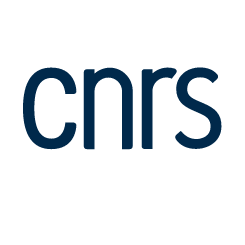Conformational Flexibility in Hydrated Sugars: The Glycolaldehyde-Water Complex
Résumé
Conformational flexibility in the smallest hydrated sugar − the glycolaldehyde-water complex − has been investigated in the gas phase by means of a combination of a microwave Fourier transform spectroscopy experiment in a supersonic molecular beam, and ab initio quantum chemistry calculations. The water molecule inserts into glycolaldehyde using H-bonding selectivity: the two lowest energy conformations are stabilized by two intermolecular hydrogen bonds, and the next two by one intra-plus one inter-molecular hydrogen bonds. A dynamical flexibility associated with the two lowest energy conformations has been experimentally observed, and accurately modeled with a two dimensional potential energy surface involving the hydroxyl group and the free OH water group 2 coordinates. The conclusions drawn from the role played in the conformational flexibility by the hydroxyl and carbonyl groups are extended to other carbohydrates and biomolecules.
| Origine | Fichiers produits par l'(les) auteur(s) |
|---|
